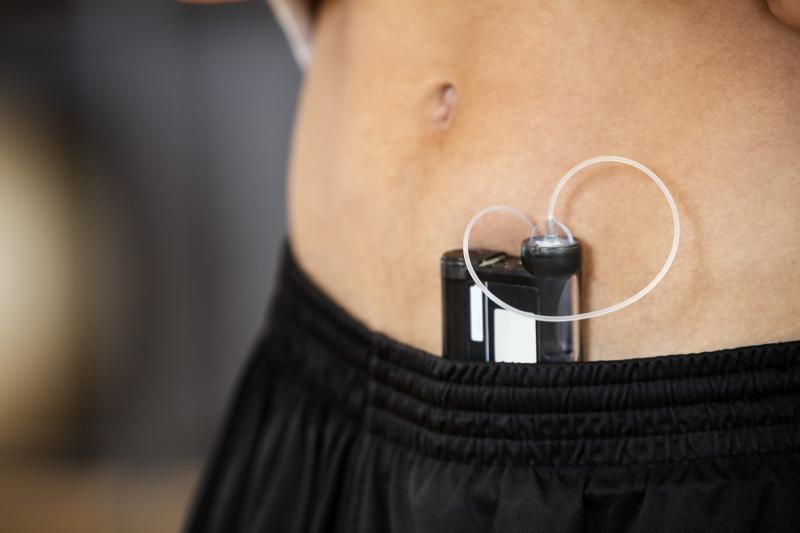
Continuous glucose monitoring (CGM) represents an attractive tool for physical activity (PA) interventions in sedentary individuals, with a recent study showing that the device provides biological-based feedback to motivate the user to exercise.
“Regular PA is associated with a lower risk of several types of cancers. However, two-thirds of overweight/obese adults are not sufficiently active; this, in combination with the unfavourable effect of excess body weight, puts them at a greater risk for cancer,” according to the investigators.
“One reason that these individuals do not engage in enough PA may be their lack of motivation to change their current behaviour due to the perception of putting in effort for possible future gain without obvious short-term benefits,” they pointed out, emphasizing a need for innovative ways to help people recognize the immediate benefits of PA and thus encourage them to exercise.
In the current study, the investigators tested a PA education module involving a one-on-one counselling session to elucidate the acute effects of PA on glucose patterns, followed by a 10-day self-monitoring period with a CGM and a wearable activity tracker. Acceptability of the PA module was rated on a 5-point Likert scale.
Nineteen participants (mean age, 42 years; 84 percent female) completed the intervention. The majority were obese (63 percent) and had elevated fasting glucose levels (100–125 mg/dL; 74 percent) at their first visit.
The participants received the counselling session well and gave high ratings for improving their PA-related knowledge (mean, 4.22), increasing motivation (mean, 4.29) and supplying personally relevant information (mean, 4.35). [Cancer Epidemiol Biomarkers Prev 2020;29:761-768]
There were no reports of any problems wearing the tracker or the CGM device during the self-monitoring period. The summary acceptability scores were 4.51 and 4.46, respectively. With respect to exercise motivation, participants reported a significant decrease in the precontemplation stage and an increase in the action stage (p<0.05).
“Results from this study show promising effects on participants' exercise motivation, especially in helping them transition from the precontemplation stage of behavioural change (ie, not intending to make changes) to the action stage (ie, actively engaging in the new behaviour). In the self-determination continuum, there was a trend towards decreasing amotivation and increasing intrinsic motivation to exercise,” the investigators said.
They pointed out that the high acceptability rating of the CGM in the study might be attributed to a more advanced model used. Specifically, the device did not require daily finger-stick calibration, unlike the older model.
“As CGM technology advances and the idea of biosensors becomes more acceptable in society, we expect that the acceptability of CGM will only further improve. For example, the latest model of the Freestyle Libre no longer requires a separate reader to scan the sensor; users have the option of using their smartphone to retrieve the information,” they added.
“Therefore, finding ways to incorporate the intermittent use of CGM along with other wearable devices [to promote regular PA] … will enable participants to recognize the implications of their behaviour changes for long-term health outcomes,” and in turn reduce the overall burden of cancer, according to the investigators.